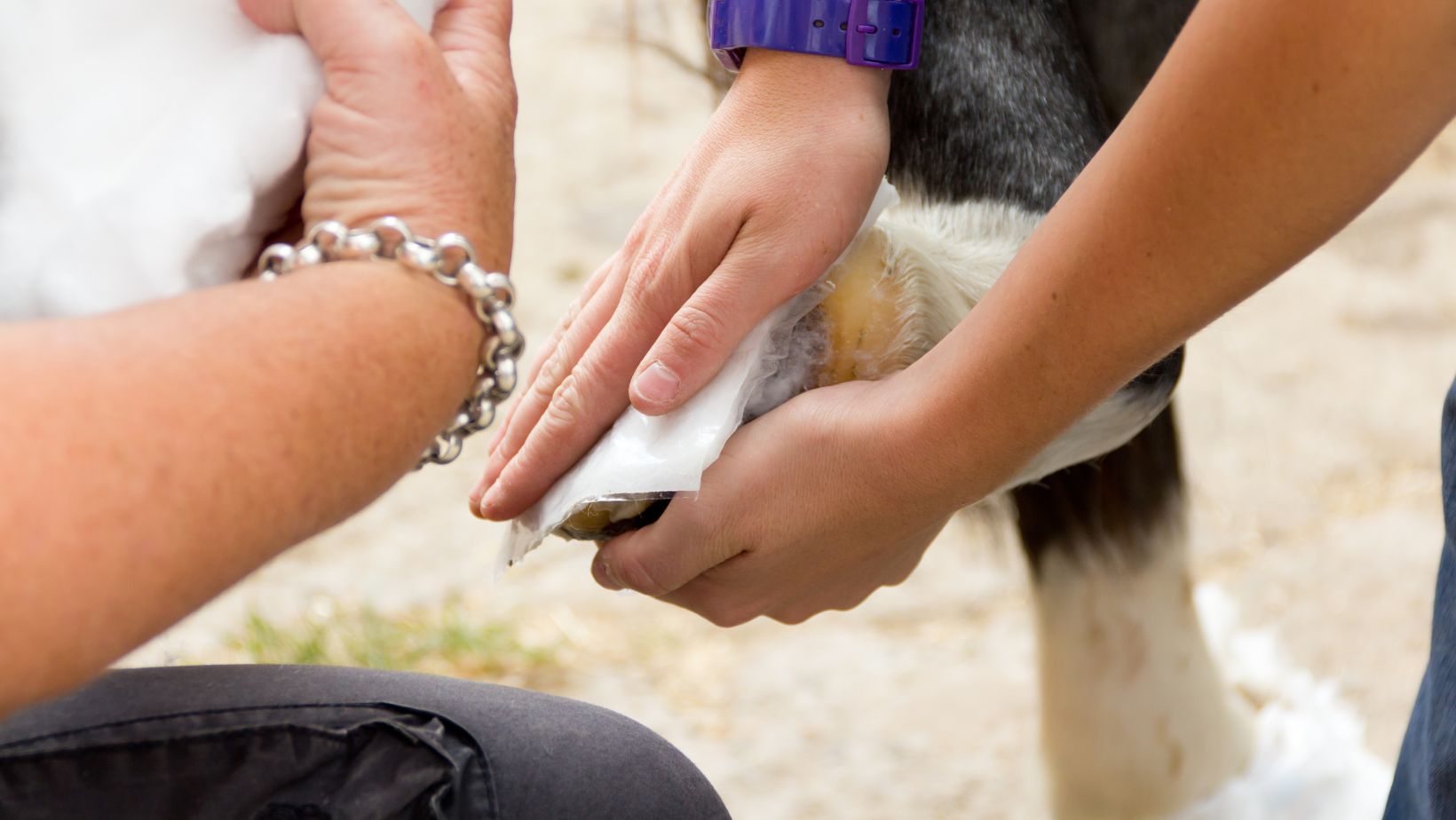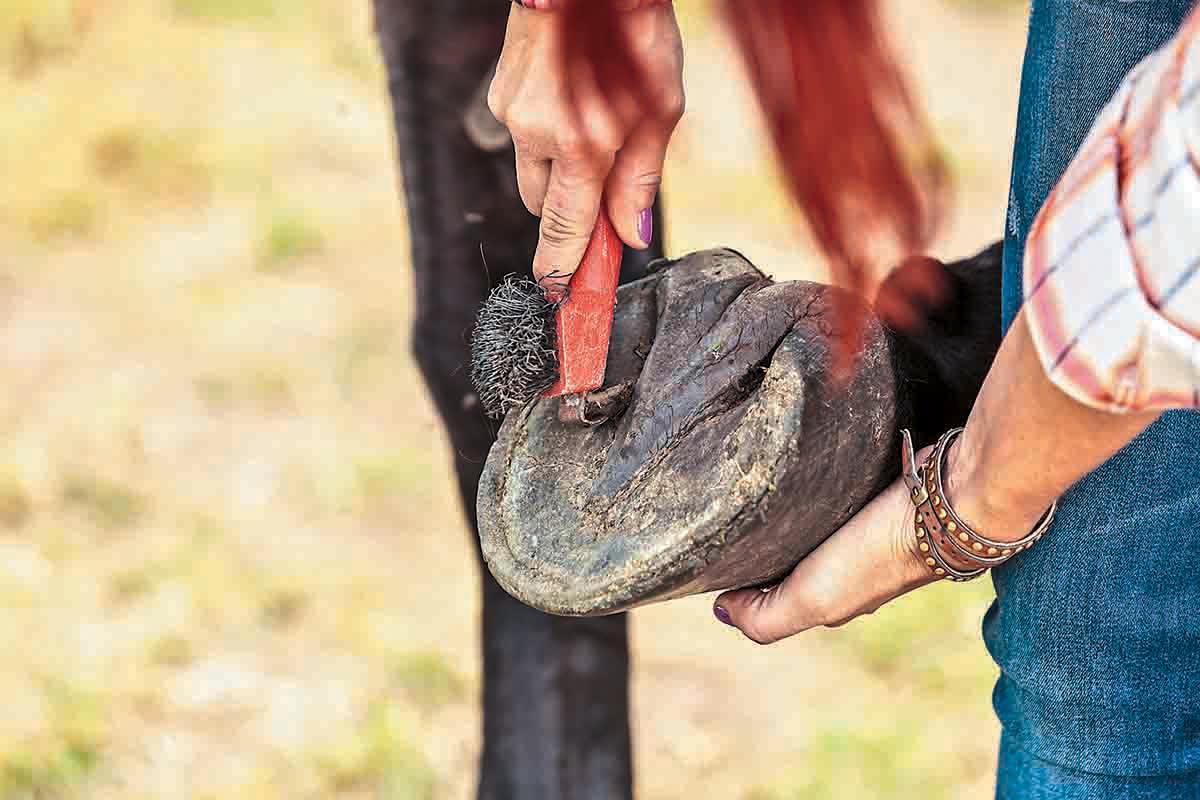As an equestrian enthusiast, you might have encountered a situation where your horse is suffering from a hoof abscess. This common yet troubling issue can be a significant concern for horse owners. The key question often arises, how long to bandage hoof abscess? Ensuring that your horse receives the right care is of utmost importance.

Introduction to Hoof Abscess
Hoof abscesses are a prevalent problem in horses. They occur when bacteria infiltrate the hoof, causing infection. This infection leads to inflammation and significant pain, making it difficult for the horse to move comfortably. Proper treatment and care can help alleviate this discomfort and speed up the recovery process.

What Causes Hoof Abscess?
Hoof abscesses can be caused by various factors including:
- Poor hoof hygiene
- Injury or trauma
- Penetration by foreign objects
- Moisture and bacterial exposure
Understanding these causes can help in preventing the recurrence of hoof abscesses.

Signs and Symptoms
Identifying a hoof abscess early can make a significant difference in the treatment process. Signs and symptoms include:
- Lameness
- Swelling
- Heat in the hoof
- Visible pus
Recognizing Lameness
The most apparent sign of a hoof abscess is lameness. The horse may avoid bearing weight on the affected hoof, and you might notice an altered gait.
Related Article: What is a Hoof Abscess
Treatment of Hoof Abscess
Treatment involves several steps, including proper cleaning, bandaging, and sometimes antibiotics. Knowing how long to bandage hoof abscess is a crucial part of the treatment.
How Long to Bandage Hoof Abscess?
The duration for which a hoof abscess should be bandaged depends on the severity of the infection and the progress of healing. Here are the general guidelines:
- For mild infections: Bandage for 2-3 days
- For moderate infections: Bandage for 5-7 days
- For severe infections: Up to 2 weeks
The veterinarian’s advice is pivotal in determining the exact duration for bandaging.
Initial Bandaging
Immediately after identifying the abscess, it is essential to clean the area thoroughly and apply a protective bandage. This helps in preventing further infection and aids in the healing process.
Related Article: How Long to Wrap a Hoof Abscess
Daily Monitoring
Regularly monitor the sight for any changes like swelling, heat, or oozing. These could indicate that the abscess is draining and healing.
External Resource: Carolina Equine Hospital
Preventing Recurrence
Prevention is better than cure. Here are some tips to prevent the recurrence of hoof abscesses:
- Maintain proper hoof hygiene
- Regular hoof inspections
- Avoid wet and muddy environments
- Provide a balanced diet
Common Mistakes to Avoid
When dealing with a hoof abscess, avoid these common mistakes:
- Neglecting to clean the hoof regularly
- Using unsterilized tools
- Ignoring signs of infection
FAQs
How can I tell if my horse’s hoof abscess is improving?
Improvement signs include reduced lameness, decreased swelling, and less heat in the affected area.
What should I do if the abscess does not heal?
If the abscess does not heal within the expected timeframe, consult your veterinarian for further evaluation and treatment.
Can hoof abscesses be fatal?
While hoof abscesses are not typically fatal, they can lead to severe complications if left untreated. It’s crucial to address the issue promptly.
Conclusion
Dealing with a hoof abscess can be challenging, but with the right knowledge, care, and attention, your horse can recover swiftly. Remember, understanding how long to bandage hoof abscess and following proper procedures is key to ensuring your horse’s health and comfort. For more detailed information on horse care and treatment, check out the following resources.
As an Amazon Associate, I earn from qualifying purchases.
